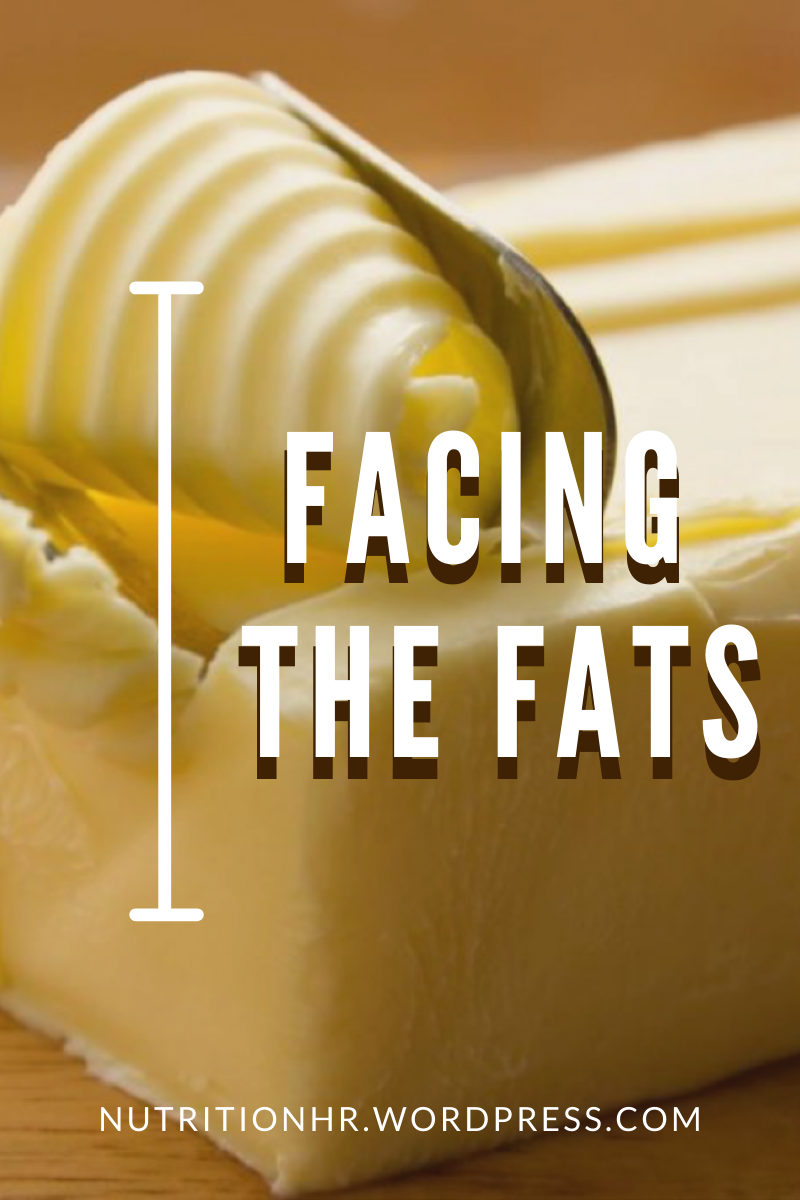
Facing the Fats: The Basics and Saturated Fat (Part 1)
Fats… poor demonized and misunderstood fats. Almost like the middle child of the macronutrient trio. Aside from Carbohydrates which are quite often condemned, no other nutrient is as unappreciated as fats. Hopefully, in this 4-part series, we’ll be able to unravel some of the misconceptions associated with fats and oils, and by the end be able to make more educated decisions on our fat intake.

Fats, also known as oils or lipids are important for supporting cell growth and maintenance, providing the body with warmth and protecting your organs. Interestingly, 1 gram of this nutrient can provide 9 kcal (calories) of energy, in comparison to Carbohydrates and Protein which provide about 4kcal per gram. Meaning that fats are “energy-dense” (you might want to remember that phrase).
When we speak about dietary fats, we are referring to a molecule consisting of a glycerol backbone and 3 fatty acid chains. These are called triglycerides by scientists and health professionals. Excess fatty acids which have not been used for energy production or other bodily functions are stored as… you guessed it, Fat in tissues around the body called adipose.
Read More »Facing the Fats: The Basics and Saturated Fat (Part 1)